
On Wednesday, December 3rd, work began on cementing the main streets of downtown Hojancha through a system that is new in the country and is known as a one-layer system.
Using concrete instead of asphalt began to be implemented in El Salvador 15 years ago. However, this is the first time it is being used in Costa Rica, and it promises to be a viable and safe alternative for county road work.
William Abarca, Cemex engineer, explained that “this process involves taking the most advantage possible of existing material to lay on top of the base a layer of firm and resistant cement that can have a lifespan of up to seven years.”
He also said that ”the first thing we do is a take a sample of the ground type in the laboratories to find out how much cement the work will require and from there make its design. The laboratory tests include stress tests to check the load capacity that the layer of work would have and the thickness required.”
Given the novelty of the work, on Friday, December 5th, some mayors from around Guanacaste traveled to Hojancha to observe the work and be advised by engineers from Cemex, the company developing the project. Among them were Luis Gerardo Castañeda from Liberia and Carlos Arias from Nandayure. Likewise, other municipalities sent engineers to find out details about the work.
Also in attendance were the Executive Director of the Federation of Municipalities of Guanacaste, Viviana Alvarez, and the new Regional Director of MOPT, Rodolfo Correa.
Nandayure’s mayor, Carlos Arias, expressed satisfaction with what he saw. “I think that with so few resources that we have in our municipalities, this project is viable from all points of view. We have seen how quickly and effectively the material is placed,” Arias indicated.
Arias did not rule out implementing the system in Nandayure since in Nandayure’s case, there is the disadvantage of not having a certified mining pit for the rock used in asphalt work. “Therefore, we must bring it from very far away, which increases costs… I see this new system as viable,” said Arias.
Another person who was pleased with the work was Hojancha’s mayor, Eduardo Pineda. “I’m content to see this work take form since it is a debt we owe to the people. I believe that doing public works is within the main functions of the municipalities. This is what marks a before and after in public management. I think that in this particular, we have made a wise decision to opt for the cement and not for asphalt. In five days, we already have six streets ready to transit, with an excellent finish and in harmony with nature,” Pineda commented.
The work in Hojancha will be completed early next week at a cost of about 37 million colones (about $70,000).
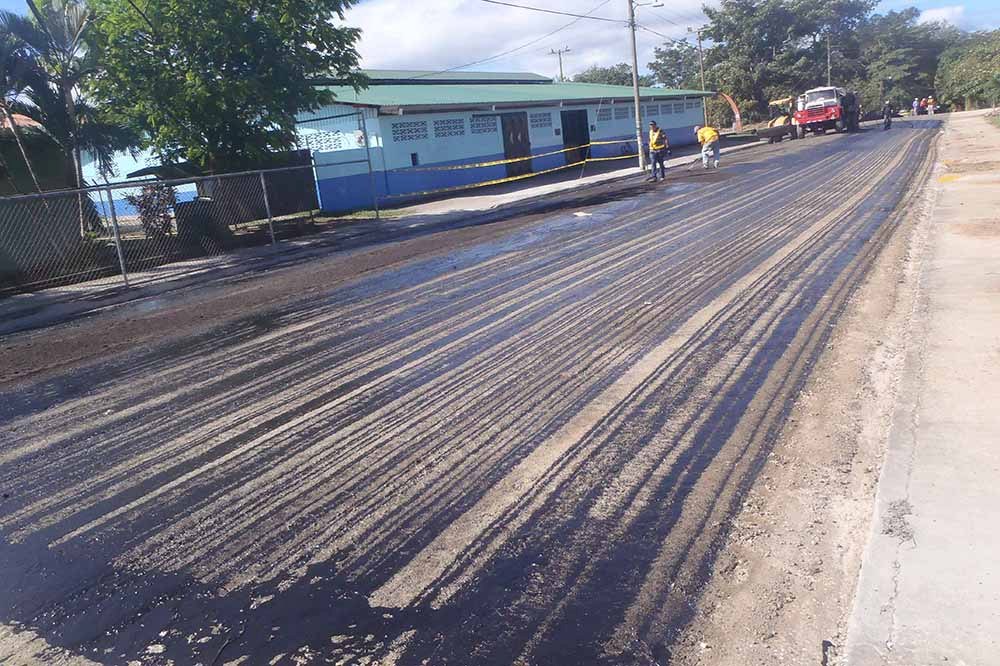


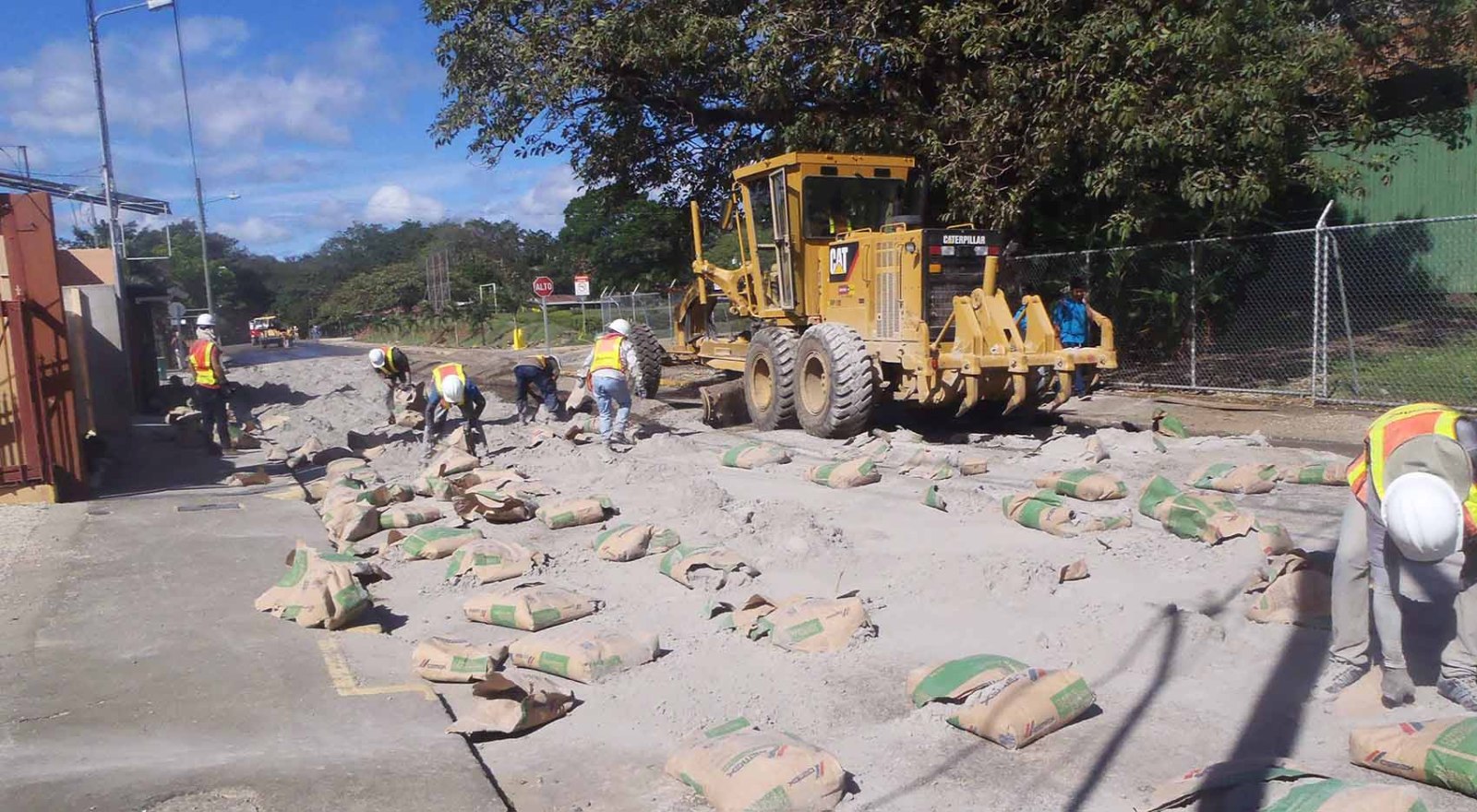
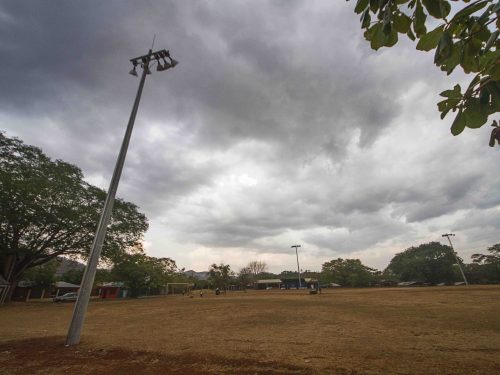
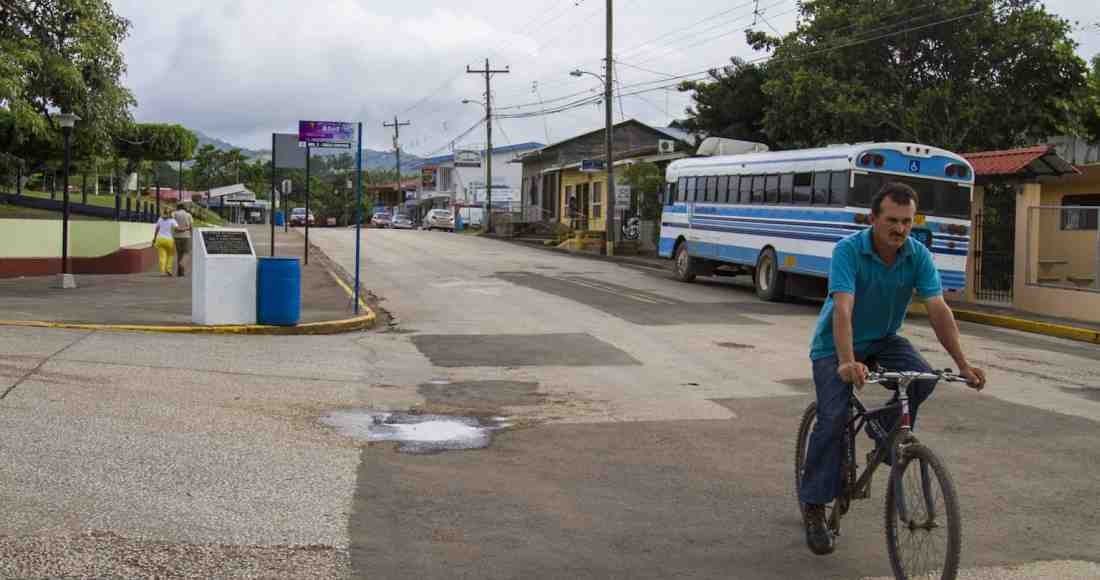
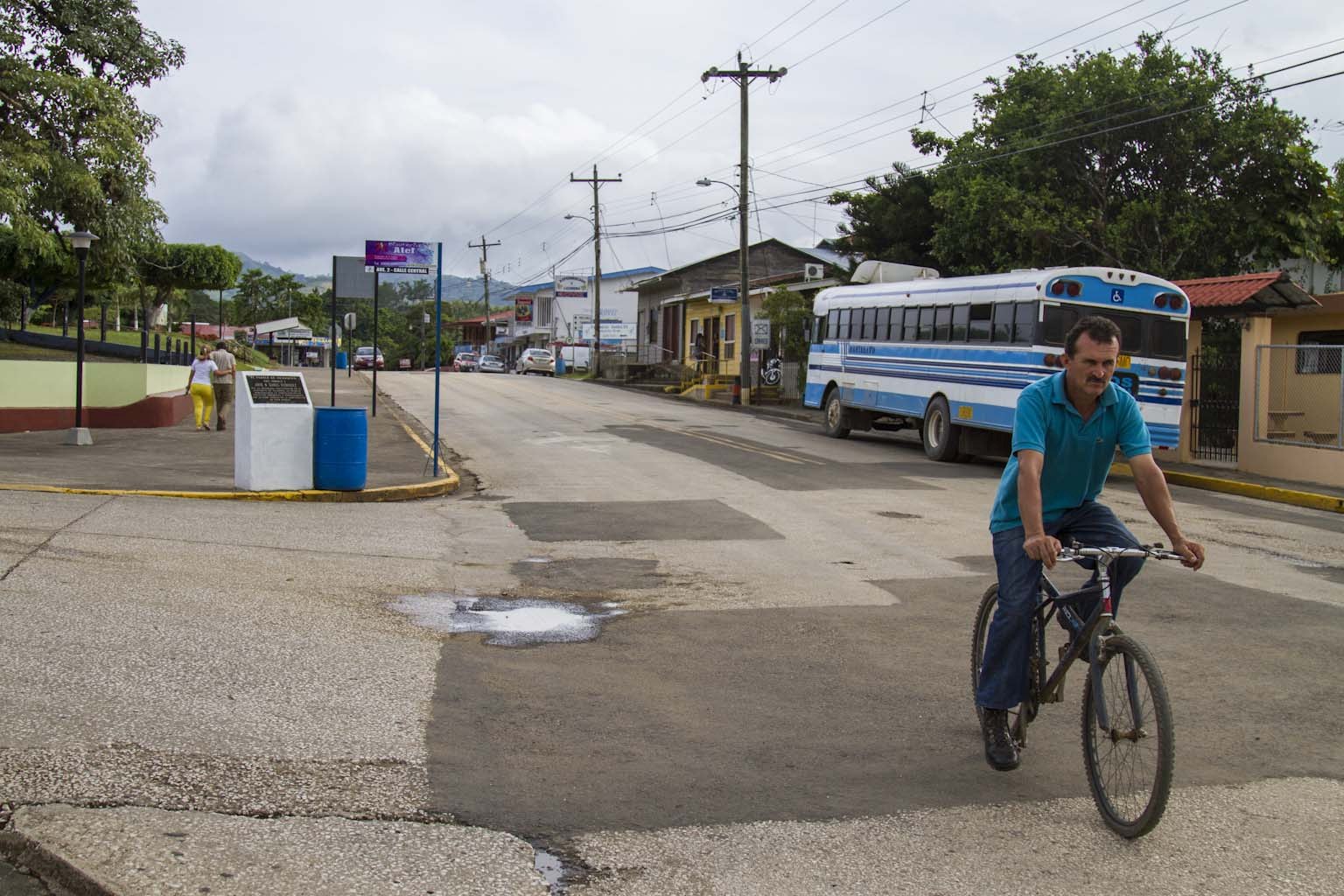

Comments